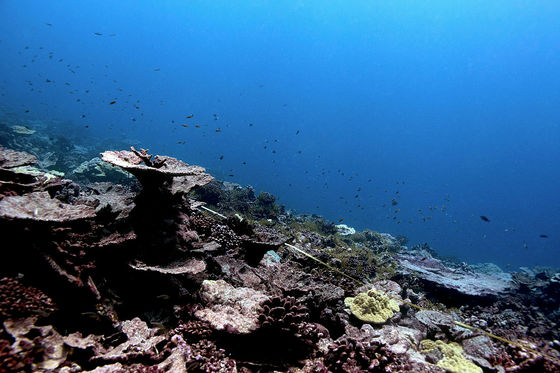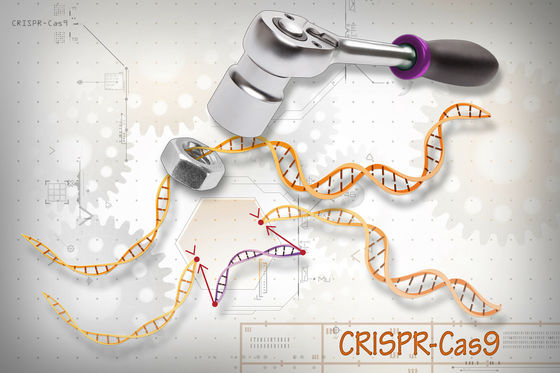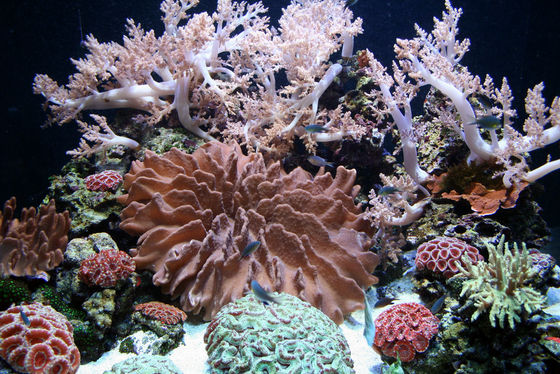Research result that genome editing technology "CRISPR" may be able to save perishable corals

byUSFWS - Pacific Region
Due to rising ocean temperatures due to global warming, coral reefs will die and bleach at a speed that can not catch up with natural recovery,Pointed out that it is in danger of extinctionIt has been. The research team at Stanford University is a genetic editing technology of this coral reef collapse chainCRISPRWe are predicting that we can stop the problem.
CRISPR used to genetically edit coral, researchers report
https://phys.org/news/2018-04-crispr-genetically-coral.html
CRISPR / Cas 9 - mediated genome editing in a reef - building coral | PNAS
http://www.pnas.org/content/early/2018/04/19/1722151115
Coral called "oasis of the sea" is not only a habitat of various living things but also an indispensable part for controlling carbon dioxide concentration in the sea, it is a very valuable species. However, in recent years,Rise in seawater temperature due to global warmingYaImpact of garbageIt is said that 27% of coral ecosystems have already been lost due to the worldwide dying and whitening being advanced.

In order to protect perishable coral reefs, research on the coral's response to stress and the biological aspect of corals has been done, and hypothesis has been presented that certain genes and molecular pathways may be involved. However, as there was no means to alter the gene of corals, we could not strictly validate these hypotheses through experiments. So, Philip Cleavs, Ph.D., at Stanford University, thought that the genetic editing technique "CRISPR / Cas 9" could be used to demonstrate the hypotheses suggested in previous studies .
CRISPR / Cas 9 is called enzyme called Cas9 and guide RNARibonucleoprotein(RNP) is a gene editing technology. By designing guide RNA sequences, it is a technology that enables pinpoint editing of aimed place.

byNIH Image Gallery
Cleveus' research team,Fibroblast growth factor(FGF1a)Green fluorescent protein(GFP) · RNP of CRISPR / Cas 9 targeted to gene sequence that express red fluorescent protein (RFP) was injected into coral fertilized egg. Because FGF1a is a protein involved in larval metamorphosis and growth, GFP · RFP is a fluorescent protein, so if mutations occur in these genes, it will change in a visible way.
As a result, about 50% of the coral fertilized eggs injected with RNP showed mutations in the genes and that the expression of mutated genes continued over several cell cycles. According to Mr. Cleaves, CRISPR / Cas 9 is a technology that can be applied to corals, claiming that it can be an important tool for advancing genetic research on corals, which was hitherto only a hypothesis.

byAngélica Portales
"Of course, this experiment is not a goal of filling the ocean with a genetically powerful" super coral ".The thing we really want to do is to understand the basic mechanism of coral, This experiment is the first step to protect corals from extinction by giving full power. "
Related Posts:







